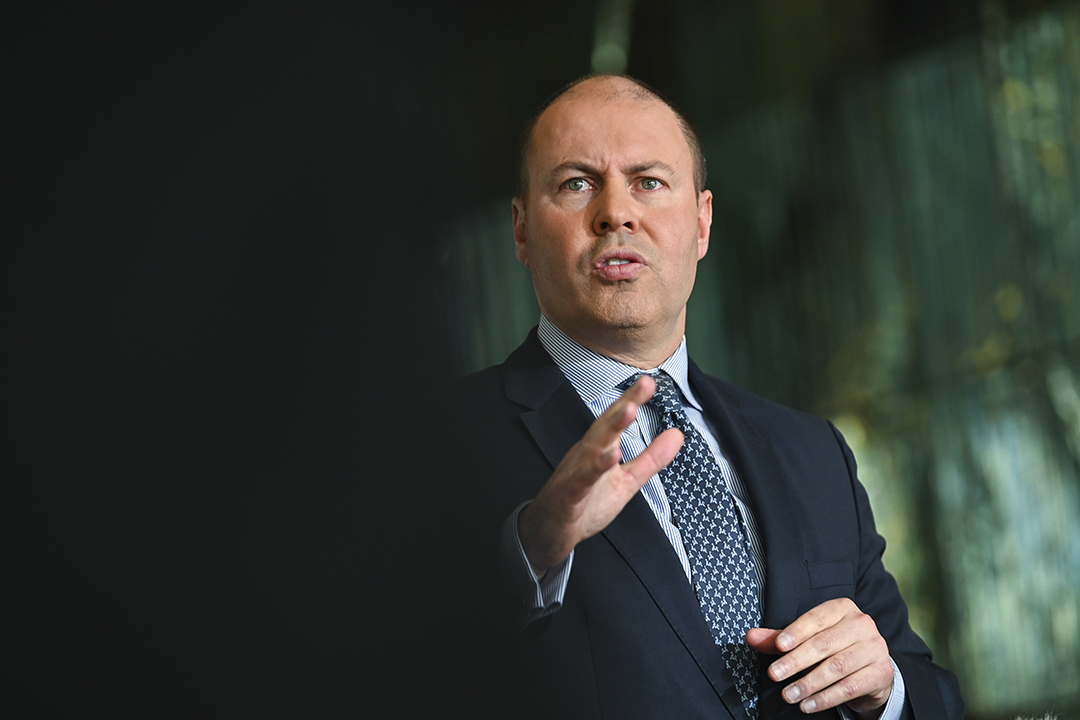

Here’s a question for you, if you or someone you know is set to be partly rescued or helped by the Job Keeper payment. This is an excellent idea from the Federal Government but do you know if it comes tax-free or taxed?
This is an important question for employers who’ll hand it on to their workers, who might be doing some life-budgeting to cover the weeks and months going forward.
For those sitting on the edge of their seats, the answer is yes! The Job Keeper $1,500 will be taxed. So far, 840,000 businesses have applied for the wage subsidy for about 6 million Aussie workers, so I reckon there’s a lot of non-accounting-trained employers, sole traders and partners out there who need the information to be delivered simply.
And what about super? More on that later, because this gets complicated.
Over the past couple of weeks, I’ve been playing radio Russian roulette with a number of radio and TV stations asking me to explain the Morrison Government’s stimulus packages. Politicians don’t get that the accountant- and lawyer-types who pen government laws and regulations, use language that ‘normal’ people simply don’t get.
In fact, because I was stumped on one issue, a caller put to me on my 6PR small business segment that I decided to get some key explanations around the JobKeeper payment or wage subsidy from the horse’s mouth — Treasurer Josh Frydenberg.
I caught up with him yesterday, so this is hot off the press.
I’ll give you a taste of what questions and answers are asked but it would be useful to watch the whole 15 minute interview to make sure you know what you have to know.
Like with most Government decisions, there are curve balls that don’t come out in the popular media. And when it comes to the super aspects of the stimulus package, this is a classic case in point.
If your worker say is on $3,000 a fortnight and you keep paying her that but use $1,500 from the JobKeeper payment to supplement that amount, then you’d pay the normal 9.5% super on the whole $3,000.
If you only paid the $1,500 from JobKeeper, the super would be on the $1,500. If an employee usually gets $1,000 and you now pay them the $1,500, which all JobKeeper recipients have to get, you can choose to pay super on $1,500 but you only HAVE to pay it on the usual $1,000 wage.
But get this. If you pay the $1,500 (less tax) to the employee that you had to stand down and you can’t bring them back to work until restrictions are eased, you don’t pay super for this stay-at-home worker!
If you’re an employer with a bit of spare time, you should check out my video/interview with Josh Frydenberg and also go to www.business.gov.au and the ATO website.
There’s quite a bit to get across!